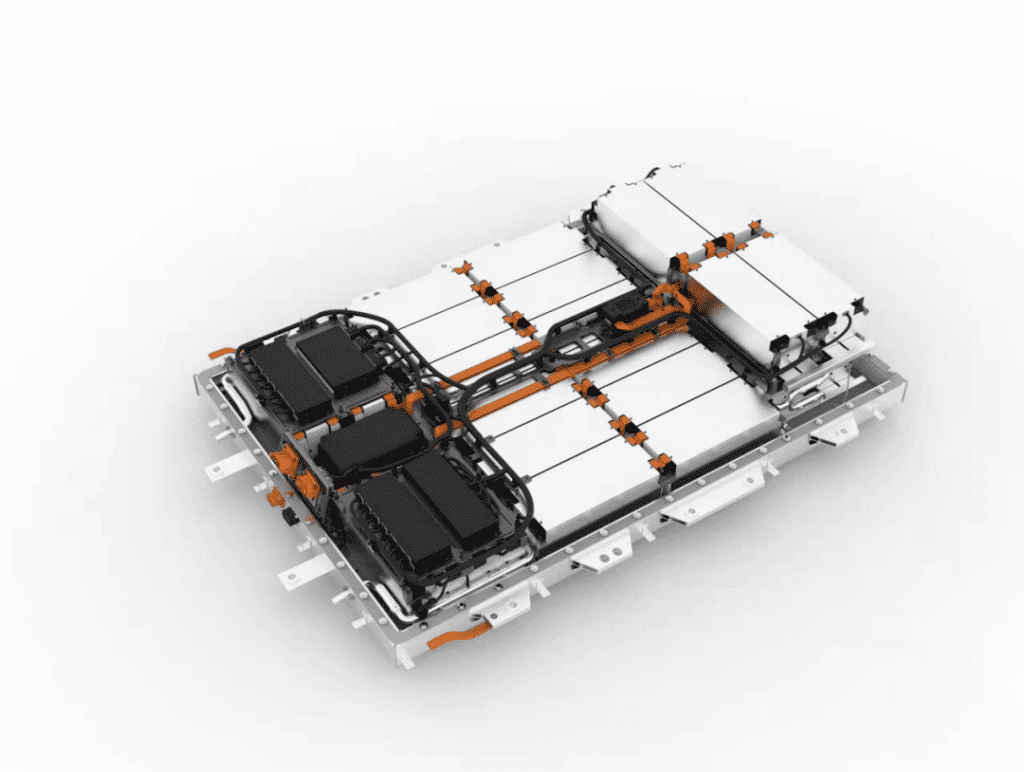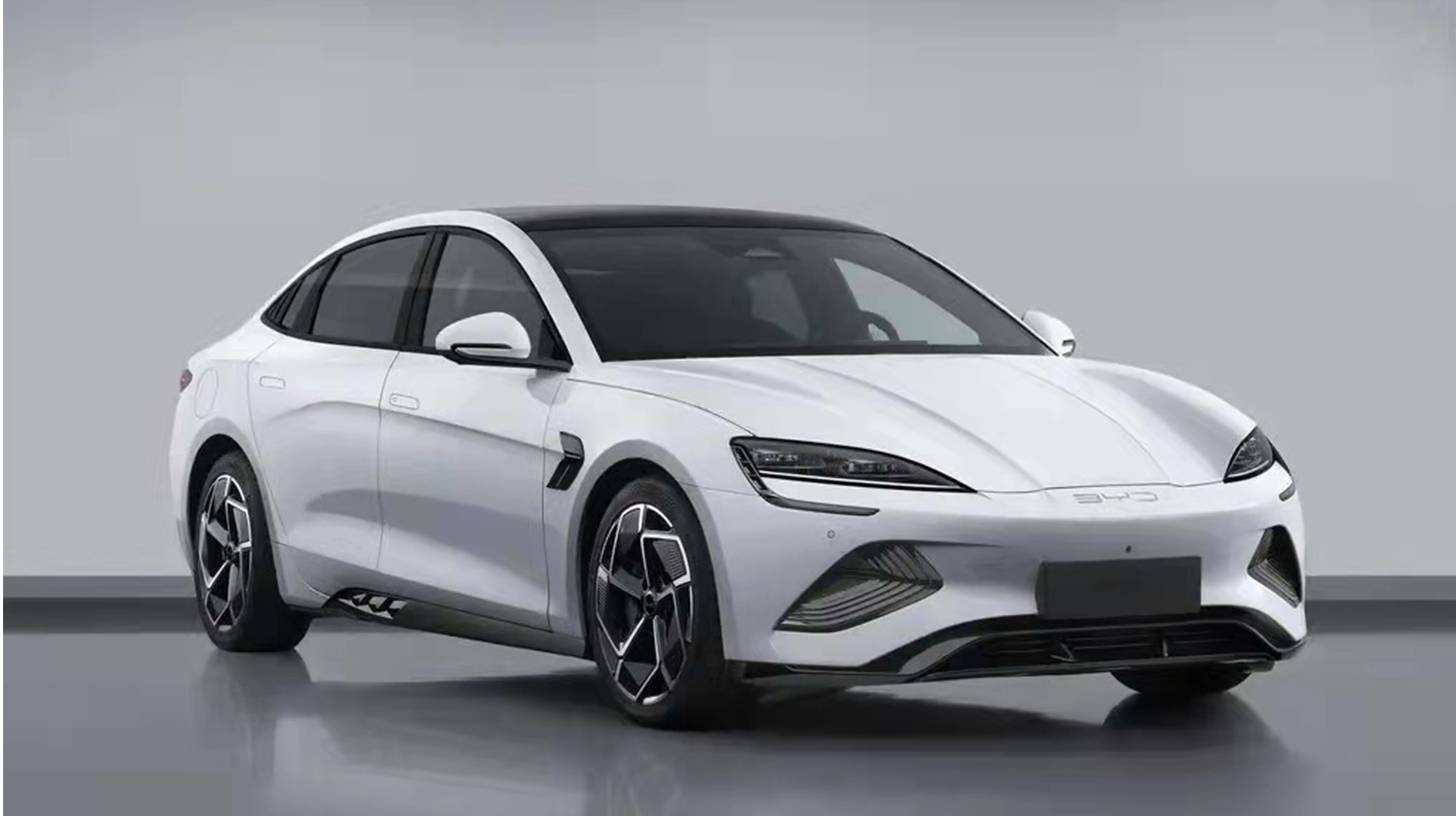The electric vehicle (EV) market is undergoing a monumental shift, thanks to the remarkable advancements in battery technology. The investment of billions of dollars in battery development is finally paying off, promising more affordable and rapidly chargeable electric vehicles that can address the key concerns of drivers. This pivotal moment marks a turning point in the automotive industry, as EVs become a more viable and attractive option for consumers worldwide.

#post_seo_title
For years, the electric vehicle market has seen gradual improvements in battery performance, but the rising costs due to expensive raw materials have hindered widespread adoption. However, a sweeping revolution is now on the horizon, driven by innovations that promise shorter charging times, lower prices, lighter batteries, and heightened safety features. These advancements are poised to overcome the primary reservations surrounding all-electric vehicles, thus accelerating their adoption.
Leading the revolution is Chinese battery giant CATL, which is set to embark on large-scale production of the Shenxing battery. The Shenxing battery boasts an impressive maximum range of 700 kilometers and incredibly short charging times. CATL claims that a mere ten minutes of fast charging can provide an additional 400 kilometers of driving range. By comparison, Tesla’s most powerful battery can offer an extra 275 kilometers of range in 15 minutes at its supercharger stations.
CATL achieves its fast-charging capabilities by utilizing an LFP (lithium iron phosphate) battery variant. LFP batteries have gained prominence due to their lower cost and reduced reliance on rare earth metals, making them a cost-effective alternative to NMC (nickel manganese cobalt) batteries. CATL has addressed the slower charging speeds and higher weight typically associated with LFP batteries, propelling the technology into the spotlight.
As the world’s largest battery manufacturer, CATL holds a market share of 37 percent, twice that of its closest competitor BYD. Major automakers, including Tesla, Volkswagen, Mercedes-Benz, and Hyundai, have become regular partners of CATL, indicating the industry’s embrace of cutting-edge battery solutions.
While advancements in current battery technologies pave the way for enhanced performance, the development of entirely new battery technologies is also gaining momentum. Japan’s Toyota, the world’s largest automaker, has achieved a groundbreaking milestone in solid-state battery technology. Solid-state batteries, which use solid battery masses instead of liquids, offer increased energy storage, lighter weight, and enhanced safety. Toyota aims to deliver a smaller, lighter, and cheaper battery by half than current counterparts by 2027, reducing EV manufacturing costs and making them more affordable.
However, the rapid pace of battery technology evolution also brings complexities, particularly in determining the residual values of electric vehicles. The swift emergence of newer, more advanced battery solutions has led to uncertainties in assessing the longevity and value of existing EVs, disrupting established appraisal models and impacting leasing rates.
As the automotive industry undergoes this transformative phase, analysts, manufacturers, and investors closely monitor the trajectory of battery technology. The promise of shorter charging times, greater driving ranges, and reduced costs positions electric vehicles as a more viable and attractive option for consumers worldwide. Yet, the evolving landscape necessitates careful consideration of the immediate and long-term implications of these advancements as they reshape the vehicles we drive and the infrastructure that powers them.


